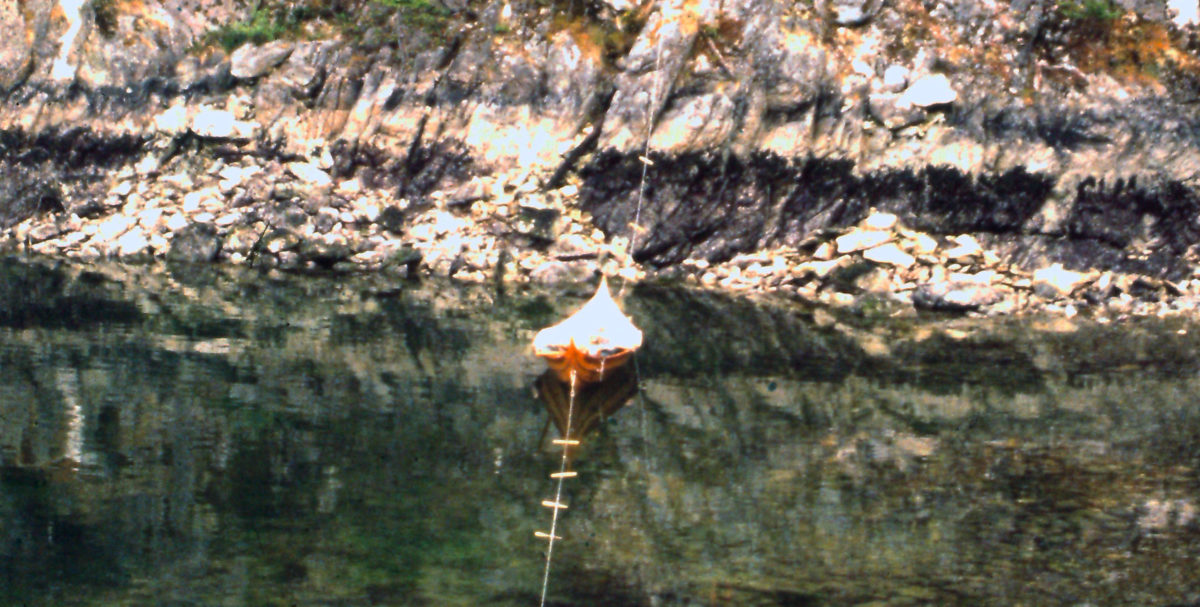
From The Editor

From The Editor
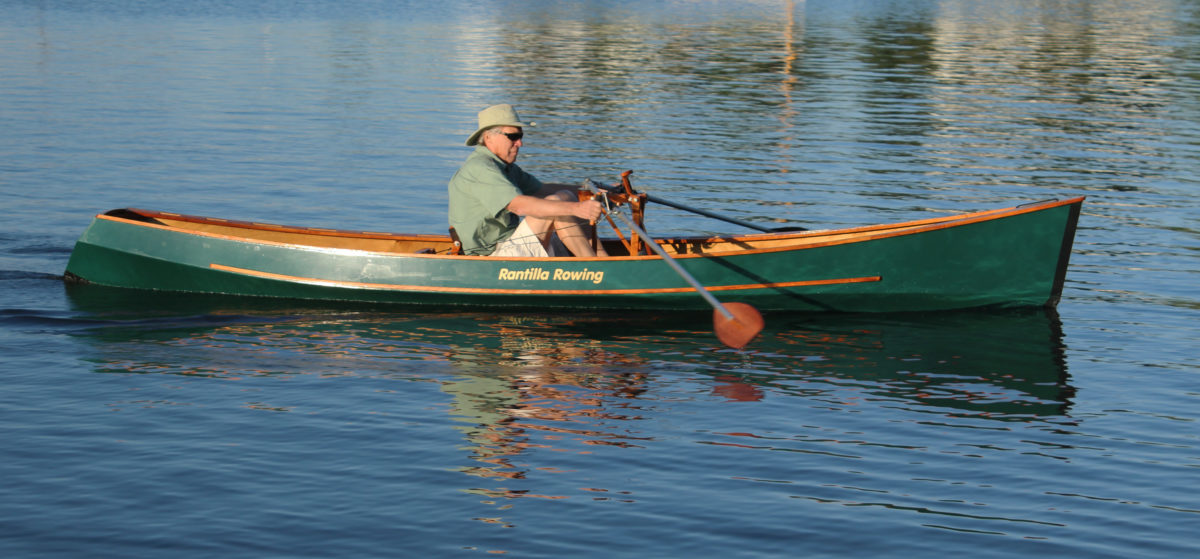
Boat Profile
A front-facing rower for touring and fitness
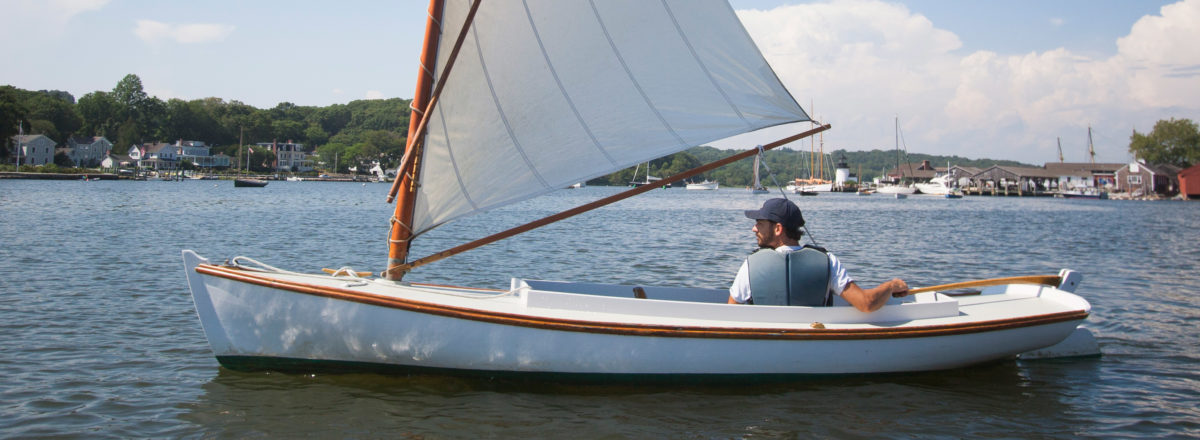
Boat Profile
A versatile thin-water cruiser
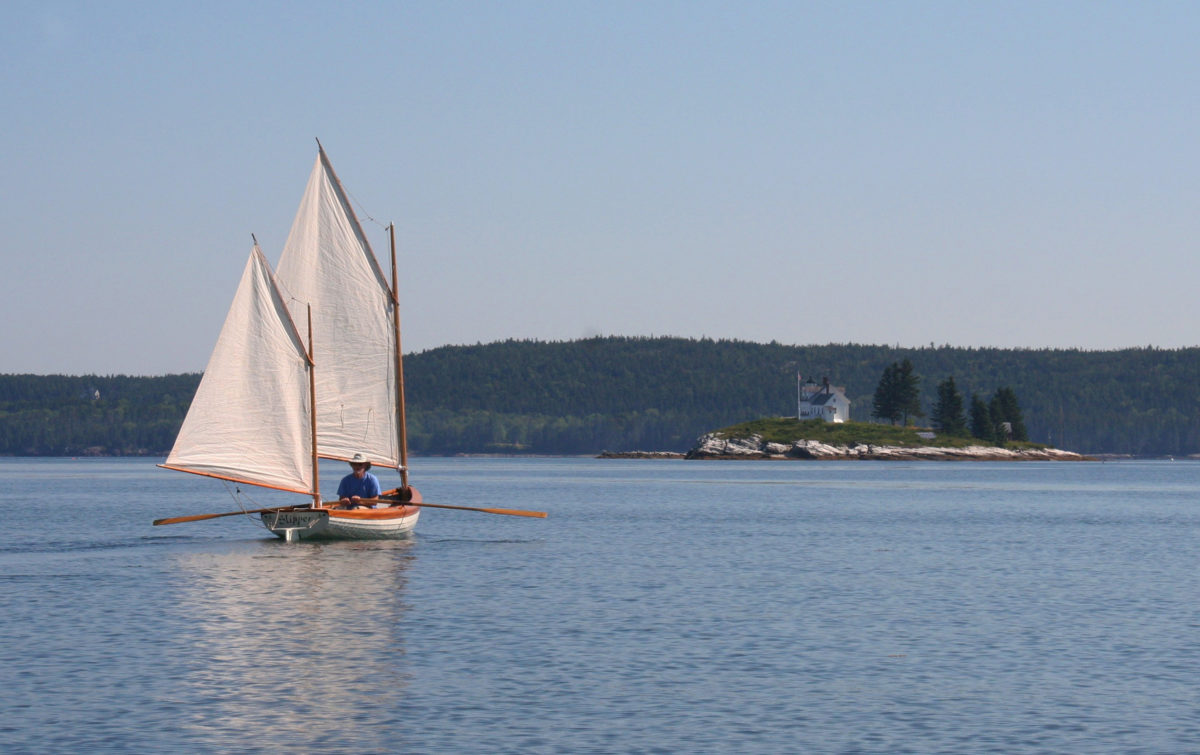
Adventures
Circumnavigating Deer Isle
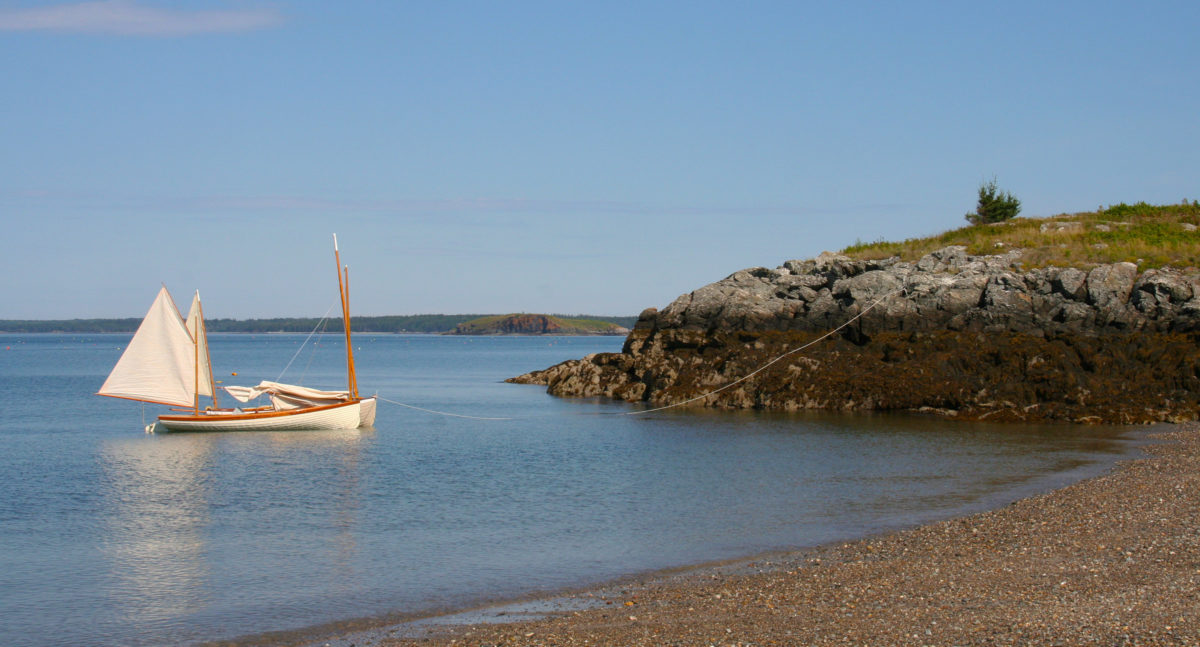
Technique
Variations on anchoring
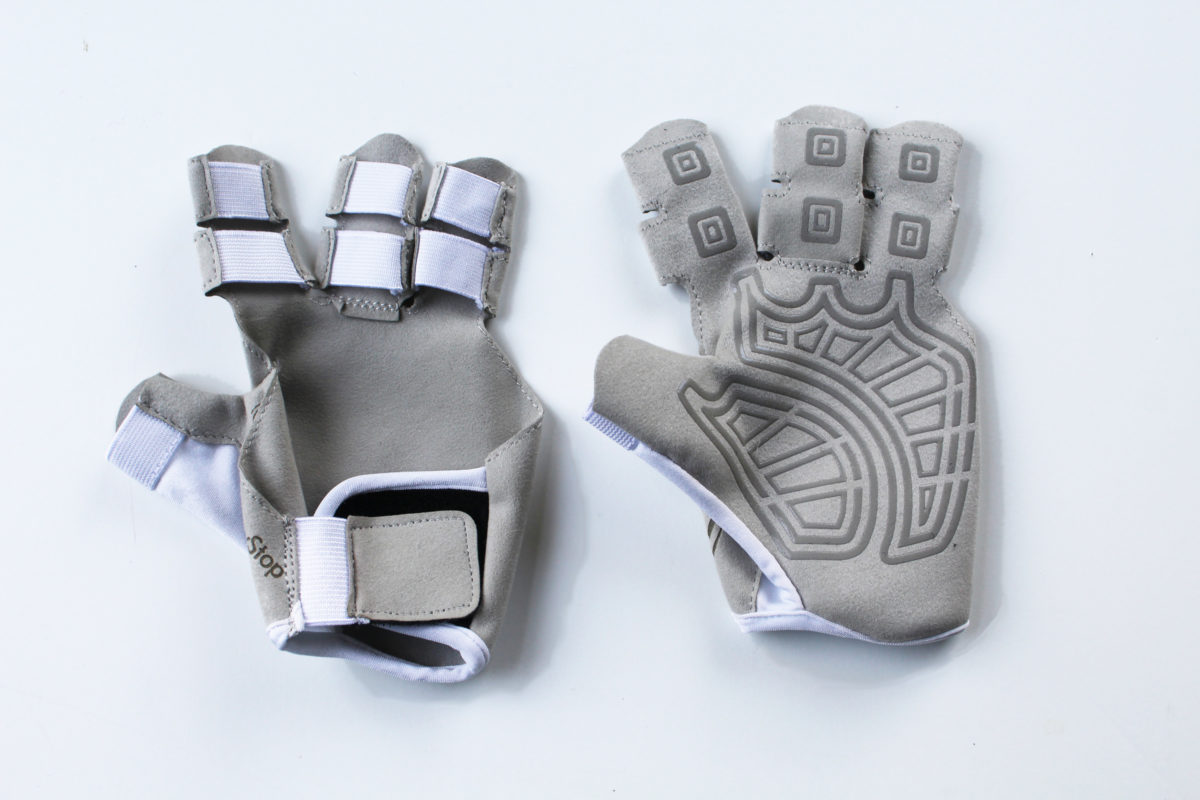
Product Reviews
Cultivating calluses
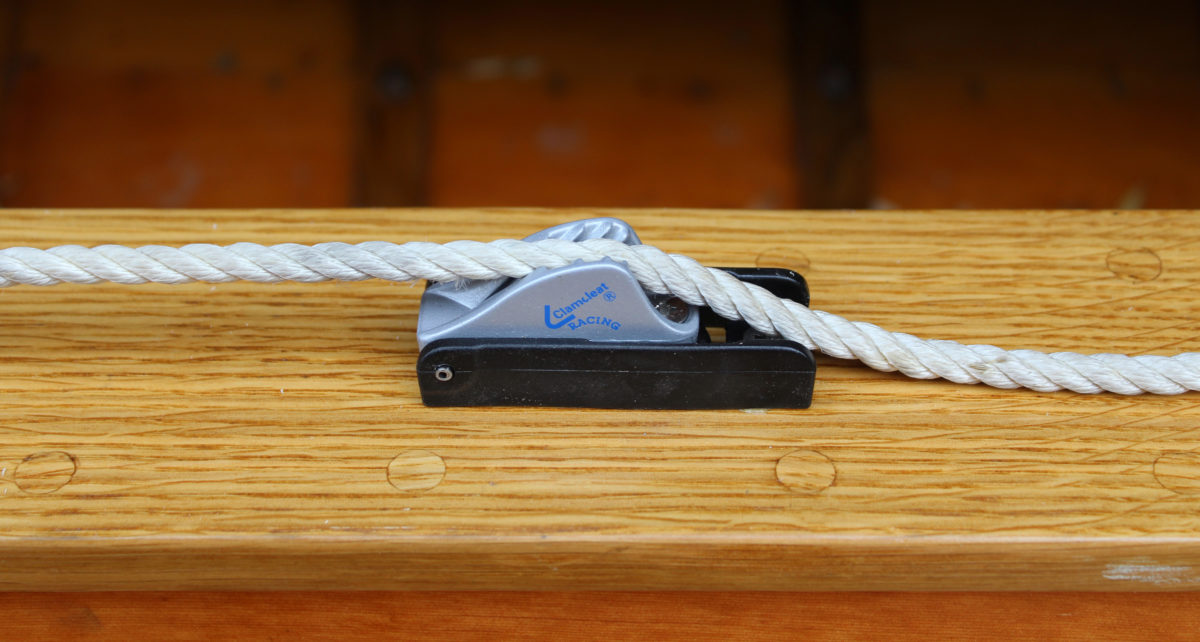
Product Reviews
Safer downhauls for centerboards and rudders
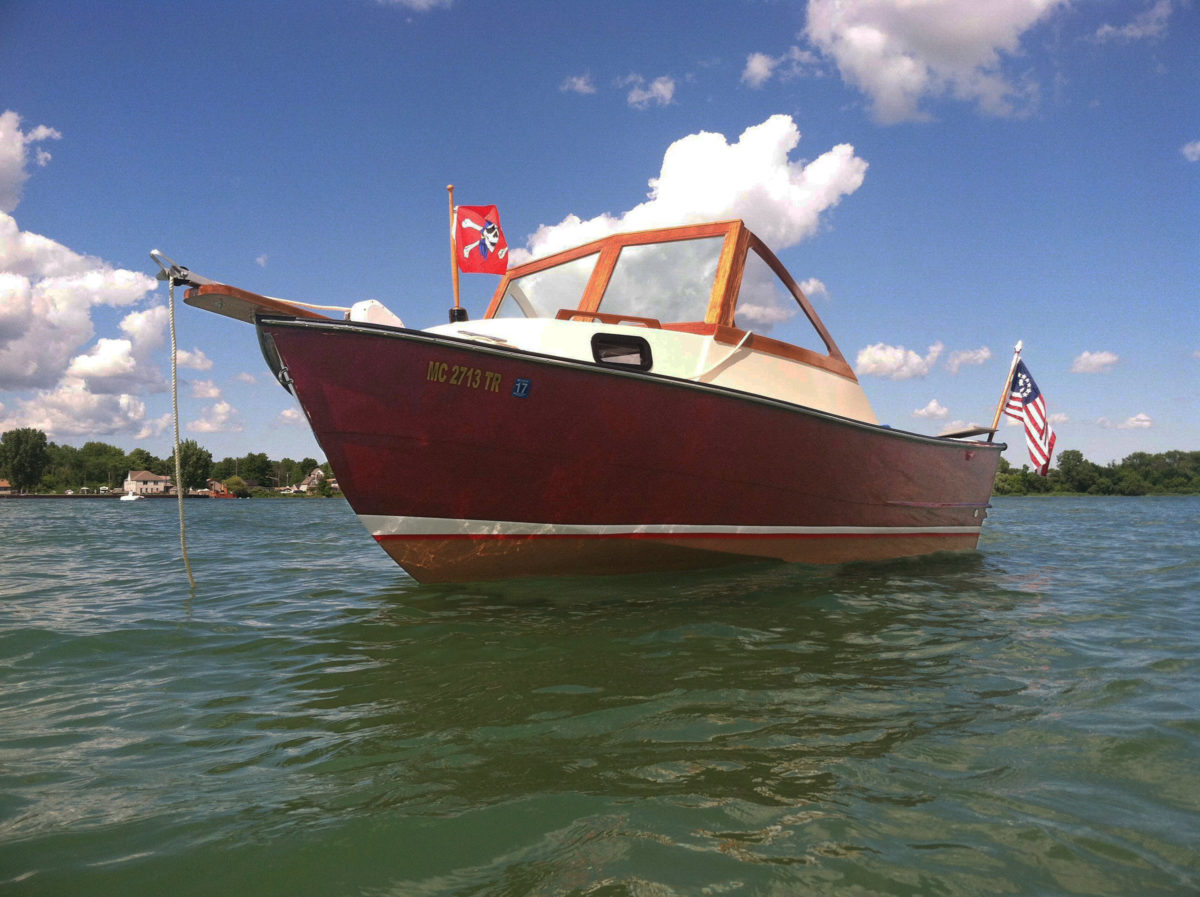
Reader Built Boats
A grandfather's Pilot 19